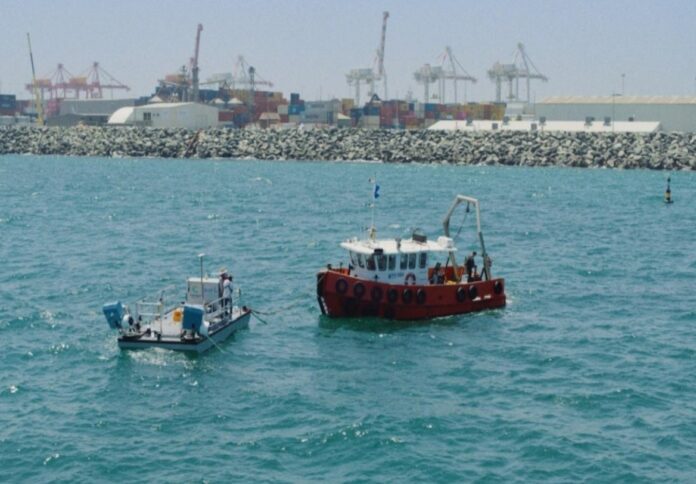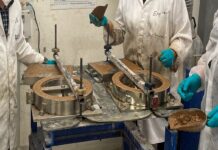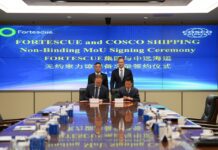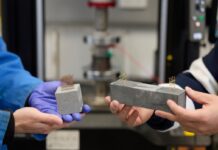
Carnegie Clean Energy’s MoorPower technology has achieved a successful deployment and commenced operations at the offshore test site in North Fremantle, Western Australia.
This milestone, part of the Blue Economy CRC-supported MoorPower Scaled Demonstrator Project, involves collaboration with industry partners, including prominent Australian aquaculture companies Huon and Tassal, potential early adopters of this cutting-edge technology.
MoorPower’s onboard electricity generation capabilities aim to reduce reliance on diesel generators in offshore operations, contributing to lower carbon emissions, reduced risk, and minimised energy costs.
According to Carnegie, the deployment of the MoorPower Demonstrator is a significant step towards validating the technology before its commercial rollout in aquaculture and other offshore industries.
Operating on the same principle as the CETO Power Take Off (PTO) but on the surface and at a smaller scale, MoorPower’s learnings are transferable to Carnegie’s projects in Europe, showcasing its adaptability and potential global impact.
Prior to the offshore deployment, extensive onshore testing and commissioning were conducted at Carnegie’s onshore facility.
Rigorous testing focused on reliability, allowing the project team to assess communications, control strategies, and more, providing valuable insights in preparation for ocean deployment.
The MoorPower Demonstrator project is expected to offer essential data on the system’s behaviour under varying sea conditions, validating technology modelling and performance simulations for future commercial projects.
Jonathan Fiévez, CEO of Carnegie, expressed that the successful deployment completed yesterday marked a significant achievement.
According to Mr. Fiévez, “The deployment of our MoorPower technology is a significant milestone in the challenge of decarbonising offshore operations, it is an important step in bringing our technology to the world.”
He emphasised Carnegie’s responsiveness to the needs of industries operating in isolated offshore environments, having adapted their unique CETO technology accordingly.
Mr. Fiévez highlighted, “MoorPower will reduce the requirement for fossil fuels, reduce carbon emissions, reduce risk and drive down cost.”
Dr John Whittington, CEO of Blue Economy, commended the successful deployment of Carnegie’s MoorPower Demonstrator, citing it as evidence of the Blue Economy CRC’s impact in uniting key technology developers, such as Carnegie Clean Energy, with leading universities and innovative aquaculture companies.
“This technology advances Australia’s ocean energy capabilities and provides real-world solutions for decarbonisation and a tangible pathway to net-zero,” Dr Whittington remarked.
The origin of MoorPower technology lies in Carnegie’s collaboration with the aquaculture industry, positioning them as the pioneering customers for this transformative solution.
Early engagement with the aquaculture sector provided Carnegie with comprehensive insights into industry requirements, constraints, and challenges.
The empirical data and firsthand experience gained from the MoorPower demonstrator deployment will further enhance confidence in the technology for future customers.




















